Nanotech Suits : Exploring The Future Of Nanotechnology
Nanotechnology, often abbreviated as "nanotech," is a field of science and engineering that deals with materials and devices at the nanoscale, typically ranging from 1 to 100 nanometers (nm) in size. At this scale, the properties of materials can be significantly different from those at larger scales due to quantum and surface effects.
Nanotechnology has the potential to revolutionize many fields, including medicine, electronics, energy, and materials science. Some examples of nanotechnology applications include:
- Drug delivery: Nanoparticles can be designed to carry drugs directly to cancer cells or other diseased tissues, minimizing side effects and increasing efficacy.
- Electronics: Nanotechnology can be used to create smaller and more powerful electronic devices, such as computer chips and memory storage.
- Energy: Nanomaterials can be used to improve the efficiency of solar panels, batteries, and other energy storage devices.
- Materials science: Nanotechnology can be used to create stronger, lighter, and more durable materials, such as carbon nanotubes and graphene.
However, there are also concerns about the potential risks and ethical implications of nanotechnology, such as the possible toxicity of certain nanoparticles and the impact of nanotechnology on privacy and security. As with any emerging technology, it is important to balance the potential benefits with the potential risks and to proceed with caution.
Nanotech Suits:
A nanotech suit is a hypothetical piece of clothing or armor that incorporates nanotechnology into its design. The idea is that the suit would be made up of tiny, programmable particles that could be manipulated to create different forms and functions.
Such a suit could have a variety of potential applications. For example, it could provide enhanced protection against physical and chemical threats, such as bullets, radiation, or toxic chemicals. It could also have the ability to change its color and pattern to blend in with different environments, providing camouflage for military or espionage purposes.
In addition, a nanotech suit could potentially enhance the wearer's physical abilities. For example, it could provide greater strength, speed, or agility by augmenting the wearer's muscles and movements. It could also have medical applications, such as monitoring the wearer's vital signs and administering medication as needed.
While the concept of a nanotech suit is still largely theoretical, researchers are actively exploring the potential applications of nanotechnology in various fields, including materials science, medicine, and defense.
The concept of a nanotech suit is still largely hypothetical, as the technology required to create such a suit is still in its early stages of development. However, there are several potential approaches that could be used to create a nanotech suit in the future:
1) Self-assembling materials: One approach would be to use materials that are capable of self-assembly, such as nanoparticles that can organize themselves into specific structures. By programming the particles to assemble in a specific way, it could be possible to create a suit that can change its form and function as needed.
2) Smart textiles: Another approach would be to create textiles that incorporate nanoscale components, such as nanowires or nanosensors. These materials could be used to create fabrics that are highly conductive, responsive, and adaptable to changing conditions.
3) 3D printing: Another potential approach would be to use 3D printing technology to create nanoscale structures and components that could be assembled into a suit. This would require highly precise and advanced 3D printing techniques, as well as materials that can be printed at the nanoscale.
4) Nanorobotics: Finally, it is possible that future nanotech suits could incorporate tiny robots or "nanobots" that can perform a variety of functions. For example, these robots could be programmed to repair damage to the suit, or to monitor the wearer's health and administer medication as needed.
Creating a functioning nanotech suit would require advances in a variety of fields, including materials science, nanotechnology, robotics, and more. While it may be some time before we see a fully functioning nanotech suit, researchers are actively exploring the potential applications of nanotechnology in various fields, and it is possible that a prototype of a nanotech suit could be developed in the future.
While fully functioning nanotech suits are still a hypothetical concept, there are some emerging technologies that could be considered as early versions of such suits. Here are a few examples:
1) Liquid Armor: Developed by BAE Systems, Liquid Armor is a type of smart textile that can change its state from liquid to solid in response to an impact. It is composed of a special type of liquid that contains millions of tiny particles, and is designed to provide enhanced protection for soldiers and first responders.
2) Solar-Powered Fabric: Researchers at the University of Central Florida have developed a fabric that incorporates thin film solar cells, allowing it to generate electricity from sunlight. This technology could potentially be used to power devices or sensors embedded in a nanotech suit.
3) Exoskeletons: While not strictly a nanotech suit, exoskeletons are wearable devices that can provide enhanced strength, endurance, and protection to their users. Several companies and research institutions are working on developing exoskeletons for military and industrial applications, and these devices could potentially be combined with nanotech technologies in the future.
Overall, while these technologies are not yet as advanced as a fully functioning nanotech suit, they do provide a glimpse into the potential applications of nanotechnology in the field of wearable technology and protective gear. As research in this area continues, we may see more advanced versions of these technologies emerge, potentially leading to the development of a fully functioning nanotech suit in the future.
Moreover for Marvel fans Nanotech suits has always been special to them, Marvel Comics and the Marvel Cinematic Universe have used nanotech suits in various characters, providing them with enhanced abilities and protection. Here are a few examples of characters and their nanotech suits:
1) Iron Man (Tony Stark): Perhaps the most iconic use of nanotech suits in Marvel is the Iron Man suit worn by Tony Stark. In the Marvel Cinematic Universe, Stark's suit is composed of millions of individual nanobots that can assemble into various configurations to provide different functions, such as flight, enhanced strength, and weapon systems. The suit also provides Stark with advanced medical capabilities, including the ability to heal injuries and monitor his vital signs.
2) Black Panther (T'Challa): In the Marvel Cinematic Universe, T'Challa's Black Panther suit is composed of a Vibranium weave that provides enhanced protection and durability. The suit also incorporates nanotech technology that allows it to change shape and configuration, such as generating energy shields or transforming into a glider.
3) Spider-Man (Peter Parker): In the comics, Peter Parker has worn a variety of different suits, including a nanotech suit known as the "Spider-Armor MK IV." This suit provides enhanced durability and protection, as well as increased strength and agility.
4) Ant-Man (Scott Lang): While not strictly a nanotech suit, Scott Lang's Ant-Man suit in the Marvel Cinematic Universe incorporates shrinking and growing abilities that are powered by a "Pym Particle" technology, which could potentially be considered a form of nanotechnology.
moreover, charachters like doctor strange, doctor octopus etc has also portrayed the best use of nanotechnology
Nanotech suits have become a staple of the Marvel universe, providing characters with enhanced abilities and protection. While the technology portrayed in the comics and movies like Avengers Infinity War and more is still largely fictional, it does provide a glimpse into the potential applications of nanotech technology in the field of wearable technology and protective gear.
Nanobots:
Nanobots, also known as nanorobots or nanomachines, are hypothetical microscopic robots that operate on the nanoscale (typically less than 100 nanometers in size). They are composed of individual molecules or atoms, and would be capable of performing a variety of tasks, from repairing damaged tissues to manufacturing new materials.
The idea of nanobots dates back to the 1950s, when physicist Richard Feynman first proposed the concept of "nanomachines" in a talk he gave at Caltech. However, it was not until the development of scanning probe microscopes in the 1980s that scientists were able to begin exploring the possibilities of creating nanobots.
Since then, researchers have made significant progress in developing nanobots for various applications. For example, in medicine, nanobots could be used to deliver drugs directly to cancer cells or repair damaged tissues. In manufacturing, nanobots could be used to assemble complex structures and devices at the nanoscale, such as computer chips or sensors.
There are several different approaches to creating nanobots, including top-down methods (using existing tools and materials to create smaller structures) and bottom-up methods (using individual molecules or atoms to build larger structures). Some researchers are also exploring the use of biological systems, such as proteins or DNA, as a basis for creating nanobots.
While there has been significant progress in developing nanobots for various applications, there are also concerns about the potential risks and ethical implications of this technology. For example, there are concerns about the potential for nanobots to malfunction or cause unintended harm, as well as the possibility of them being used for nefarious purposes.
Overall, while the development of nanobots is still largely in the realm of science fiction, researchers continue to explore the possibilities of this technology and its potential applications in various fields.
Conclusion:
In conclusion, nanotechnology has the potential to revolutionize various fields, including medicine, manufacturing, and defense. A nanotech suit is a hypothetical piece of clothing or armor that incorporates nanotechnology into its design, potentially providing enhanced protection, physical abilities, and medical applications.
Nanobots, on the other hand, are hypothetical microscopic robots that operate on the nanoscale and could perform a variety of tasks, from repairing damaged tissues to manufacturing new materials. While there has been significant progress in developing nanobots for various applications, there are also concerns about the potential risks and ethical implications of this technology.
Overall, the development of nanotechnology and its potential applications require careful consideration of both its benefits and potential risks. As researchers continue to explore the possibilities of nanotechnology, it will be important to approach this technology with caution and responsibility to ensure that its potential benefits can be fully realized while minimizing potential risks.

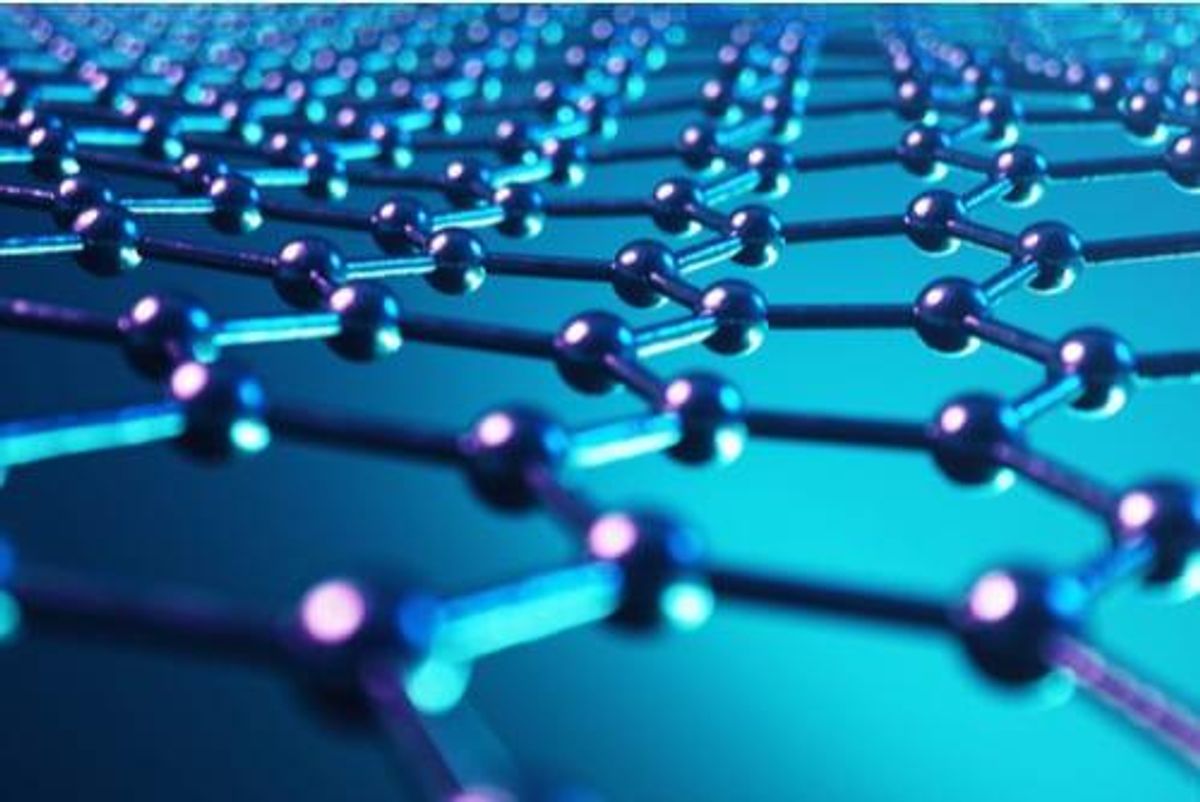

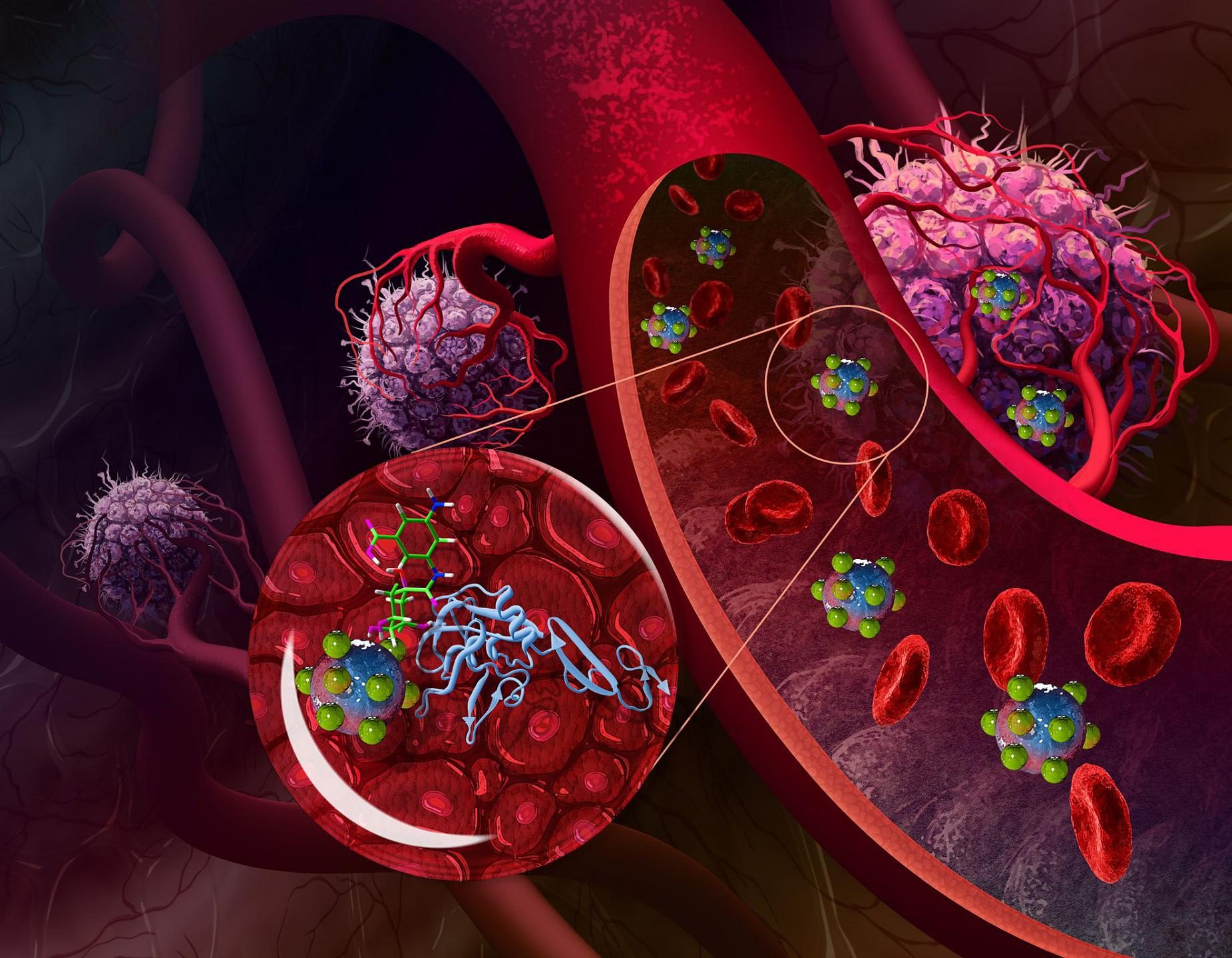

.jpg)

/cdn.vox-cdn.com/uploads/chorus_asset/file/9840003/206_expanse_photo08.jpg)

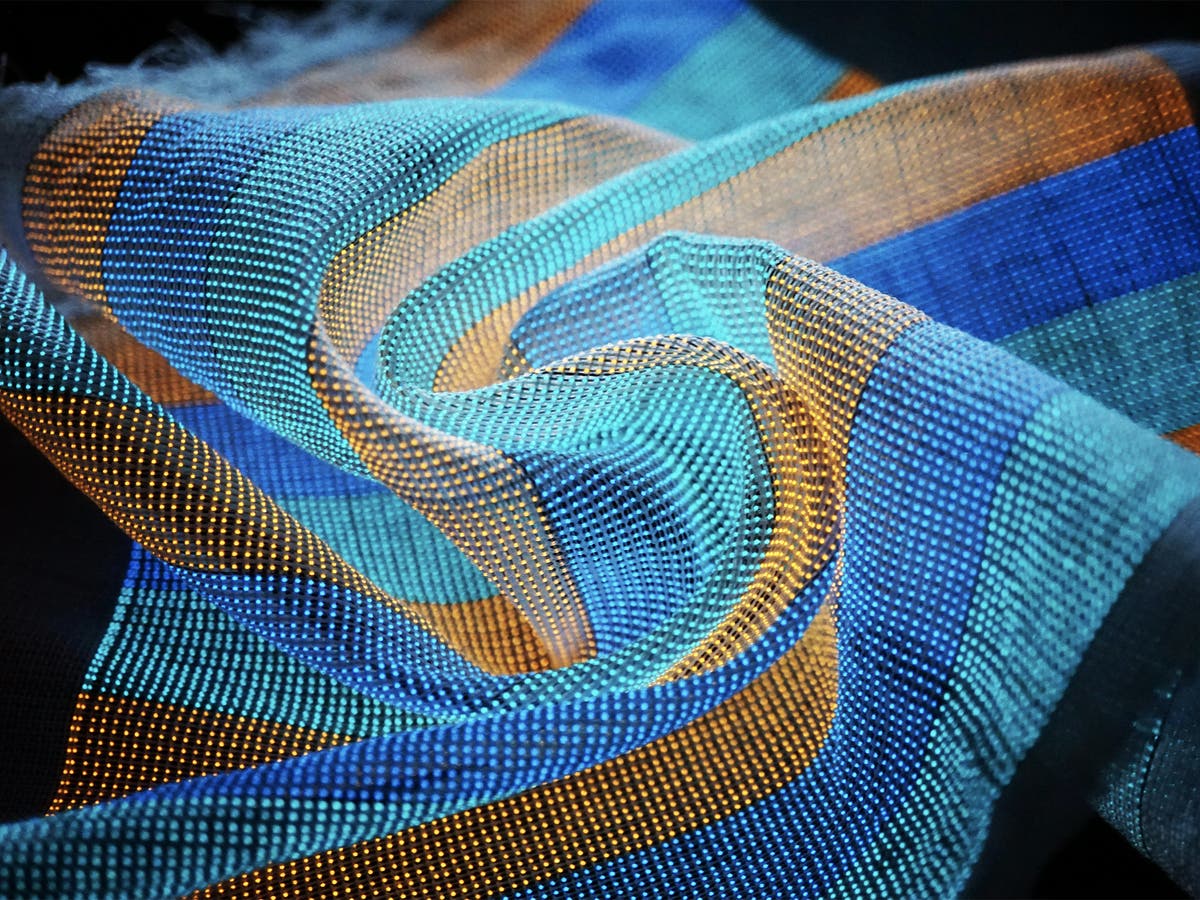
.jpg)
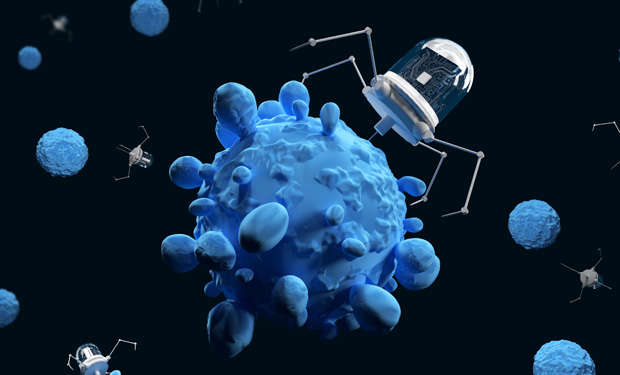
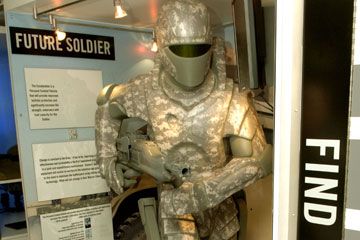
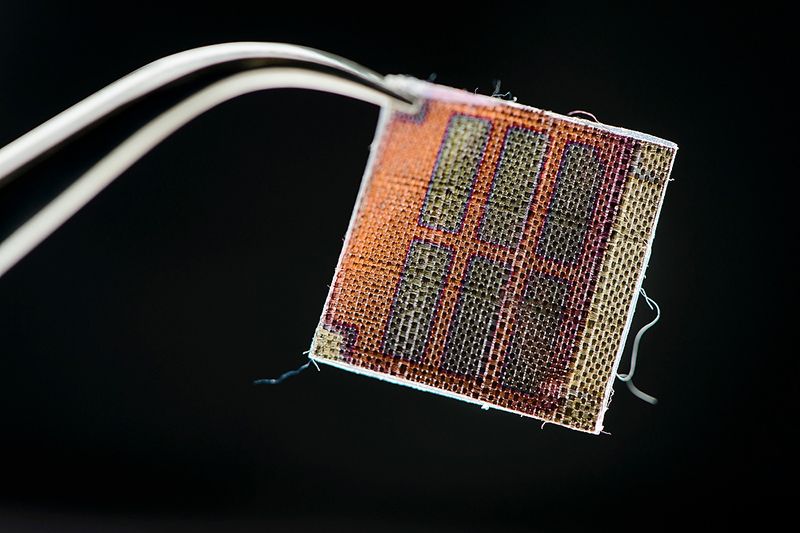





No comments: